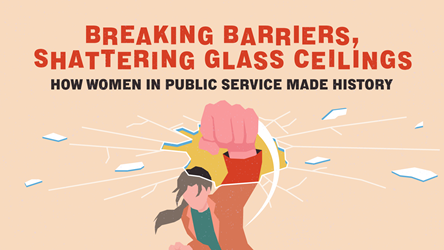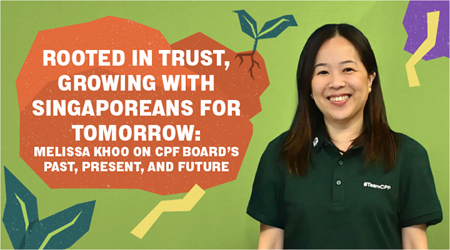A Cradle For Innovation
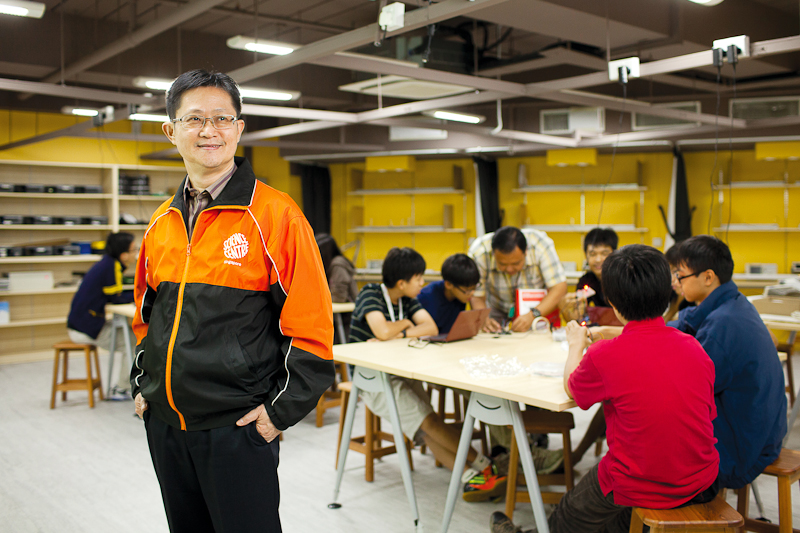
Visitors to the Science Centre may be familiar with its fascinating interactive and hands-on exhibits, but little do they know that behind closed doors, serious science is taking place.
About a third of the centre houses a large number of scientific facilities that are available only to students. They include a DNA learning laboratory, a movie-making studio and a robotics learning centre. There, youths aged 12 to 18 carry out experiments and conduct projects, transforming the science they had learnt in their textbooks into real experiences.
“To really learn, you must immerse yourself in a project,” says Associate Professor Lim Tit Meng, the Science Centre’s Chief Executive. “When you apply science to a problem, it will inspire and push you to understand more, because you need to know why this bit of science applies.”
Launched in April 2012, CRADLΣ (Centre for Research and Applied Learning in Science) is the Science Centre’s latest initiative to inspire young scientists and engineers to stretch their abilities.
Through experiments, data collection and analysis, CRADLΣ’s structured experimentation programmes explore scientific concepts and aim to bridge the gap between the theory and practice of science.
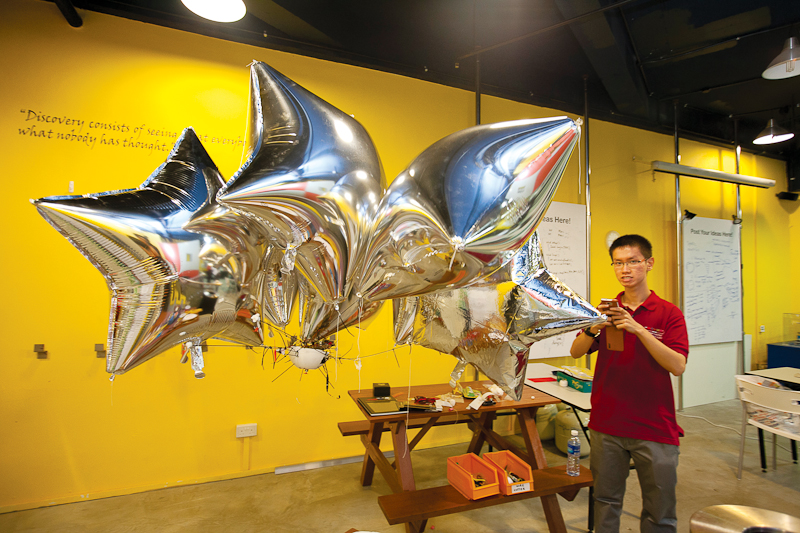
Participants get to measure the speed of sound and light, and explore related phenomena, such as standing waves, diffraction and resonance, using the same types of electronic test and measurement devices found in professional research laboratories.
Students can also make use of the high tech scientific equipment at CRADLΣ, such as its atomic force microscope, scanning electron microscope, 3-D printer and laser cutting and engraving equipment.
“CRADLΣ aims to cultivate the research mindset so that research and development becomes part of the nature of our students’ training,” says A/Prof Lim.
Another workshop gets students to measure the non-linear conducting properties of semiconductors. Students have to work out for themselves the elementary charge of an electron. Other workshops deal with electromagnetism, electronic circuits and even quantum physics.
More advanced students with the aptitude for scientific work can sign up to conduct research at CRADLΣ. From proposing the research project, defining the problem and designing their experiments, to project planning and management, the young scientists and engineers take responsibility for their work.
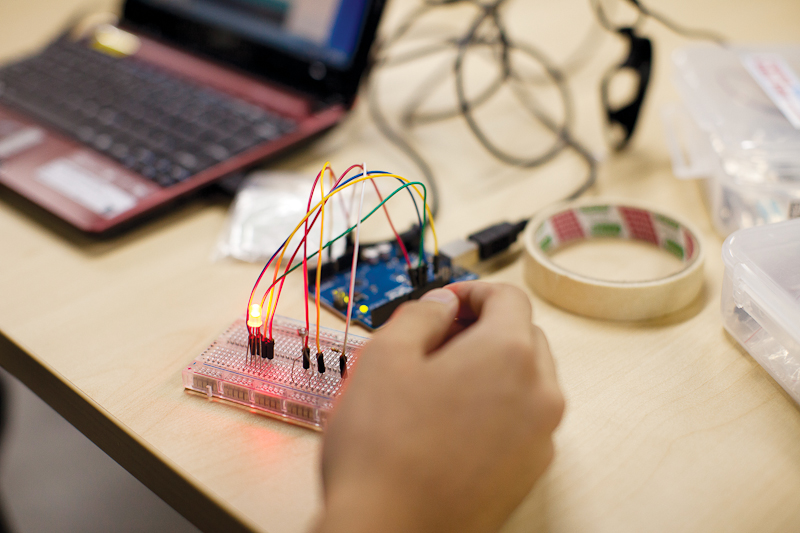
Meanwhile the sponsorship of DSO National Laboratories and the Agency for Science, Technology and Research (A*STAR) helps fund deserving projects. The Ministry of Education is also supporting CRADLΣ, through the secondment of teachers as Educator Researcher Mentors. They develop and teach CRADLΣ programmes, and mentor student research.

One recent project studied microwaves in ovens. From the results, the student researchers learned that the waves are not evenly distributed within the oven, and thus discovered problematic hotspots.
Another tackled whether plants moved in the dark. The students had to think of how to isolate any stray light waves in a darkened space, and how to measure the minute movements.
Recognising that the research programmes at CRADLΣ will have a limit in capacity, the centre is also training teachers to be research mentors. A/Prof Lim intends to work with schools for them to become satellite Cradles, bridging the geographic distance that being in the western part of Singapore can pose.
A/Prof Lim has big plans for CRADLΣ: “We want to give every student, who has an aptitude for science, a chance to develop it. We should not leave behind any potential scientist or engineer.” Aiming to handle tens of thousands of students in future years, he notes that CRADLΣ needs to scale up. He hopes to generate more results and attract more funding in the process.
Already linked up with DSO and A*STAR, the Science Centre plans to enlist small and medium enterprises (SMEs) to provide real technical problems in their businesses that student researchers can tackle, at the same time exposing them to entrepreneurship.
Some real-world problems might prove to be too difficult for the students so research scientists from CRADLΣ and the scientific organisations sponsoring CRADLΣ act as consultants to guide them.
But A/Prof Lim notes: “We don’t underestimate the power of youth.” The fresh eyes of the young scientists might see what the more experienced have missed, bringing to the table novel perspectives that might open up new dimensions in science.
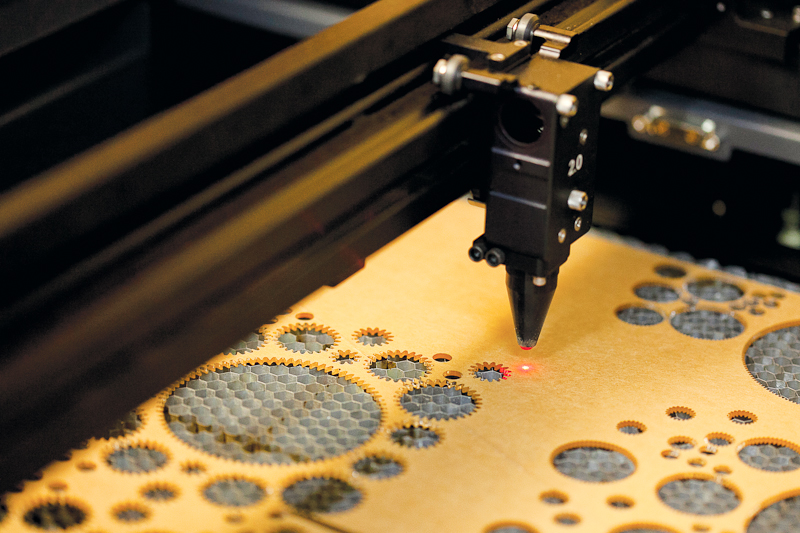
- POSTED ON
Sep 17, 2012
- TEXT BY
Douglas Chew
- PHOTOS BY
John Heng





